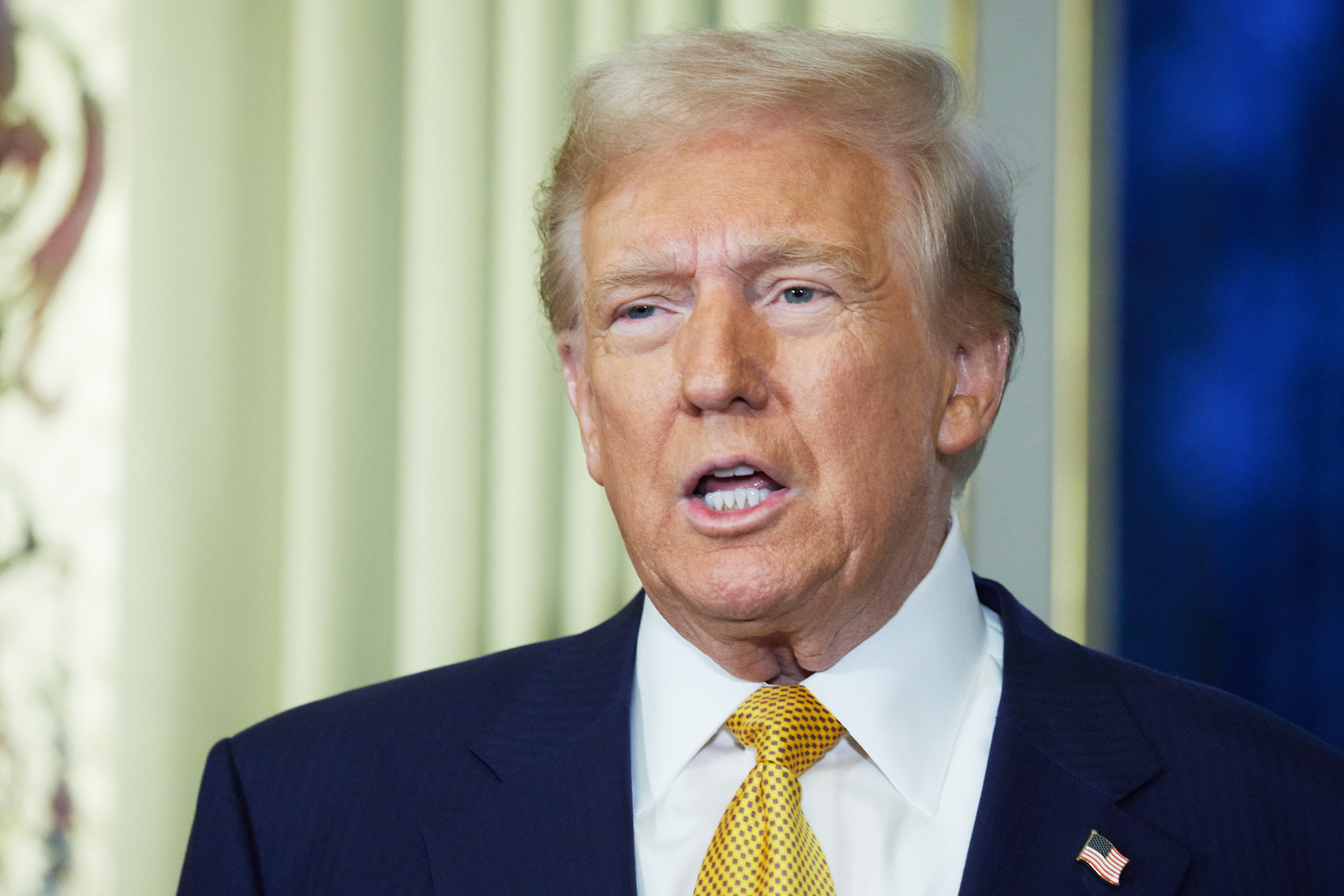Oil giant Saudi Aramco said Sunday that international investors had snatched up the bulk of shares sold in its latest offering, which was set to raise $11.2 billion.
The secondary offering was expected to offer a short-term boost to Saudi Arabia’s finances as the Gulf kingdom builds large-scale projects including resorts and stadiums, part of a reform drive to prepare for an eventual post-oil future.
“The majority of the shares constituting the institutional tranche of the Offering was allocated to investors located outside of the Kingdom,” the company said in a statement before the Saudi bourse reopened on Sunday.
Sources close to the situation told AFP that around 58 percent of shares were allocated to international investors, up from around 23 percent for the company’s initial public offering in 2019 which was the biggest flotation in history.
The sources, speaking on condition of anonymity to discuss the private information, said around 70 percent of orders outside the local market came from the European Union and the United States, while others came from Japan, Hong Kong and Australia.
Aramco, the mostly state-owned jewel of the Saudi economy, announced on May 30 that it would sell 1.545 billion shares, or approximately 0.64 percent of its issued shares, on the Saudi stock exchange.
It was widely seen as a test of foreign investor interest more than halfway through the kingdom’s campaign known as Vision 2030, whose ambitions are reflected in so-called giga-projects such as NEOM, a planned futuristic megacity in the desert.
On Friday Aramco said it would price its secondary offering at 27.25 Saudi riyals ($7.27) per share, at the low end of the range of 26.70 to 29 Saudi riyals announced on May 30.
Aramco ended trading on Thursday at 28.30 Saudi riyals per share, giving it a market capitalisation of around $1.83 trillion.
On Sunday shares opened at 27.95 Saudi riyals and had climbed to 28.15 Saudi riyals by 0800 GMT.
About 10 percent of the shares were offered to retail investors, drawing 1.3 million subscribers, Aramco said on Friday.
One source close to the situation told AFP that retail coverage was 3.7 times and that total demand from institutional and retail investors was worth over $65 billion.
“The whole deal would have been covered a number of times by international demand. It was a lot stronger at this stage than it was at the IPO,” the source said, referring to the 2019 offering.
The source said it appeared to be the largest secondary offering in the EMEA (Europe, Middle East and Africa) region since 2000, the largest equity capital market transaction globally since 2021, and the largest offering in the Middle East since Aramco’s IPO, which ultimately raised $29.4 billion.
Aramco announced last year it would start paying a performance-based dividend in addition to its base dividend.
Last month the firm announced base dividend payouts for the first quarter totalling $20.3 billion and a performance-linked dividend distribution of $10.8 billion to be paid in the second quarter.
“It is no surprise that eligible traders wanted to buy shares, especially after seeing how the dividend payments have gone out regardless of how much money the company made,” said Ellen Wald, senior fellow at the Atlantic Council and author of a history of Aramco.
Saudi Arabia is the world’s largest crude oil exporter and the government’s stake in Aramco is around 81.5 percent after the second share sale.
The kingdom’s sovereign wealth fund, the Public Investment Fund, and its subsidiaries control about 16 percent.
Aramco reported record profits in 2022 after Russia’s invasion of Ukraine sent oil prices soaring, allowing Saudi Arabia to record its first budget surplus in nearly a decade.
But the Saudi cash cow saw its profits drop by a quarter last year because of lower oil prices and production cuts.







